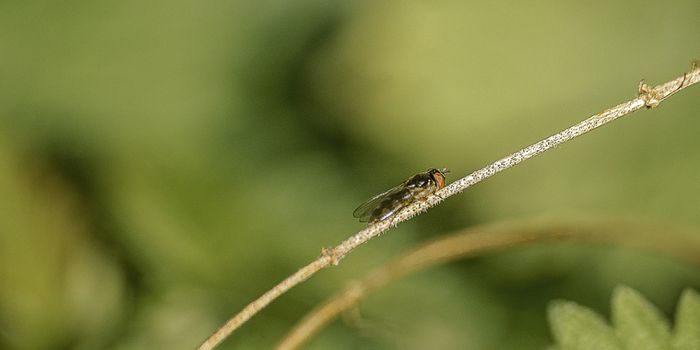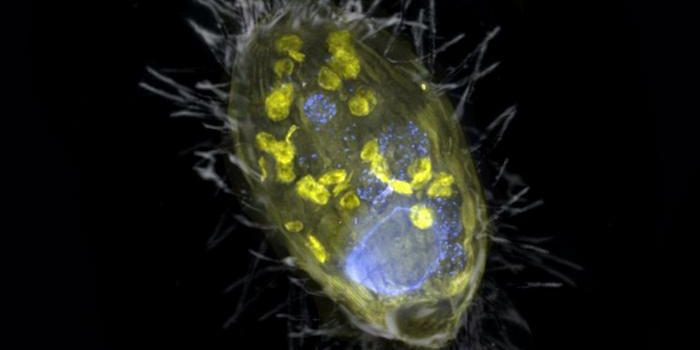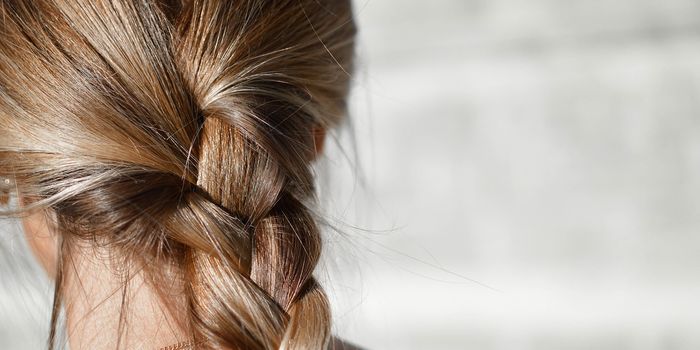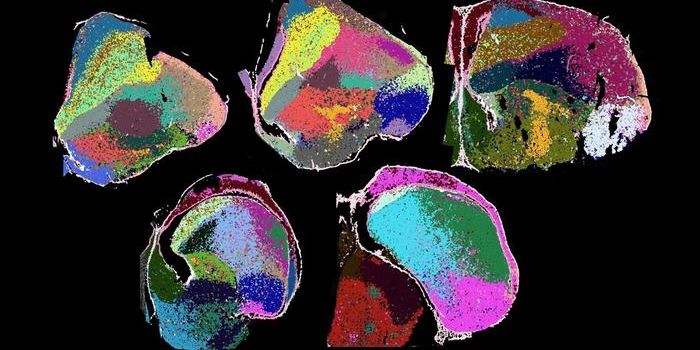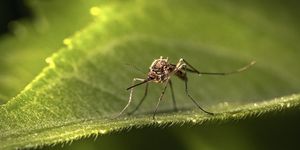Solution to a Pigeon Genetic Mystery Provides Insight Into Development
Charles Darwin bred pigeons, and used them to learn more about the inheritance of different characteristics. For pigeons, beak size is one of those characteristics. There are 350 pigeon breeds or more. Their beaks can come in a wide variety of shapes and sizes, even among some birds of the same species, like Columba livia. Some of those beaks are so short they are disruptive to natural behavior; they can interfere with the feeding of offspring by parents. Though pigeon fanciers thought that only a few factors were controlling beak size, geneticists had not revealed the mechanisms behind these differences.
Now, researchers have identified a mutation in a gene called ROR2 that may be the cause of shorter beaks in several breeds of domestic pigeons. The findings have been reported in Current Biology.
In humans, mutations in the ROR2 gene are linked to a disease called Robinow syndrome. This disorder causes changes in facial features, like a prominent forehead, wide nose or mouth. These features "are reminiscent of the short-beak phenotype in pigeons,” said lead study author Elena Boer, PhD. “It makes sense from a developmental standpoint, because we know that the ROR2 signaling pathway plays an important role in vertebrate craniofacial development.”
In this study, the researchers bred pigeons with short- and medium-sized beaks. A male Racing Homer had the medium beak, and a female fancy breed pigeon called Old German Owl had the short beak. This beak is so short, it would not appear in nature because it's detrimental, which enabled the researchers to reveal more about what's behind the phenomenon, said senior study author Michael Shapiro, the James E. Talmage Presidential Endowed Chair in Biology.
“One of Darwin’s big arguments was that natural selection and artificial selection are variations of the same process. Pigeon beak sizes were instrumental in figuring out how that works.”
After breeding the pigeons, generating offspring, and breeding those, the researchers used CT scans to measure the beaks in the 145 grandchildren. This research revealed that the braincase changes along with beak shape and size.
Using a technique called quantitative trait loci (QTL) mapping and comparative genomics, the researchers assessed many different breeds. This work indicated that all pigeons with short beaks share the same DNA sequence in their genome, a sequence that also contains the ROR2 gene.
The researchers now want to learn more about how the ROR2 protein is involved in craniofacial development.
Sources: University of Utah, Current Biology




